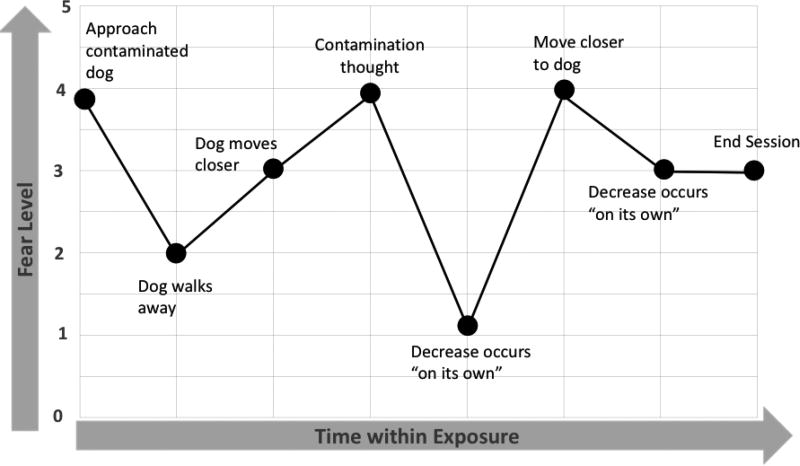Figure 1. Example exposure: Fear trajectory.
Example Exposure. The chosen exposure task is to stand approximately two feet away from the family dog. As the exposure begins, the patient approaches the contaminated dog with initial observed fear of 4/5. After several minutes, the dog walks away from the patient (attempting to sniff around the office), the patient’s perception of immediate risk lessens, and fear decreases accordingly to 2/5. The therapist shortens the leash and the dog moves closer, with fear increase to 3/5. The patient then has a new contamination thought, becoming concerned that the leash may have brushed his arm inadvertently— and fear increases to 4/5. The patient remains engaged in the exposure even with this thought, and fear eventually decreases on its own to 1/5. The patient then agrees to move closer to the dog by about one foot, and fear increases again to 4/5. Over the next few minutes, fear decreases to 3/5, and then they run out of time in the session. The patient leaves with instructions to resist cleaning his arm or any other contaminated areas for the remainder of the day

